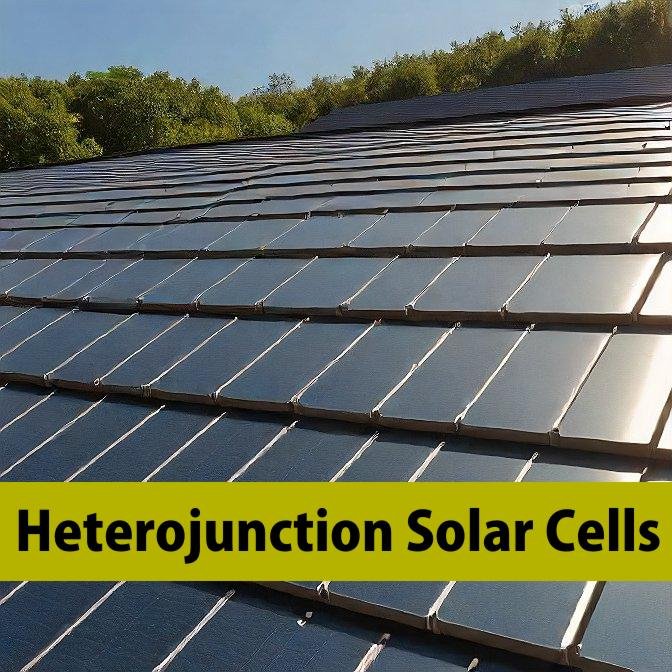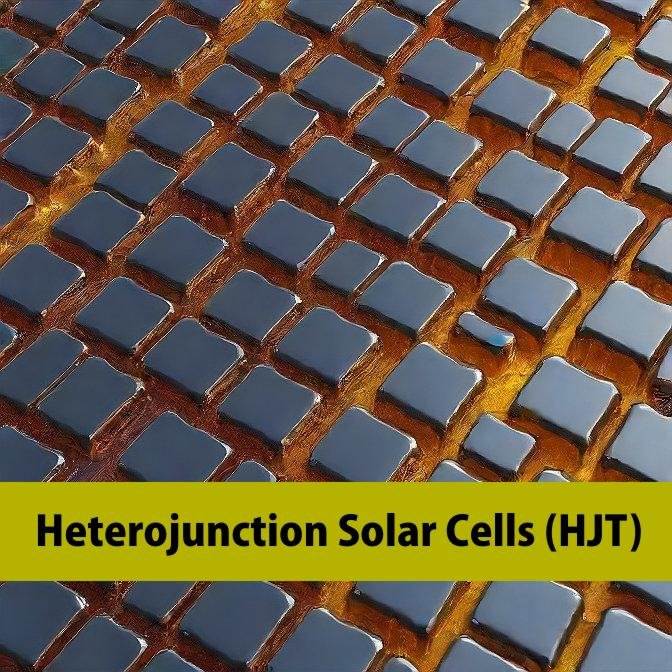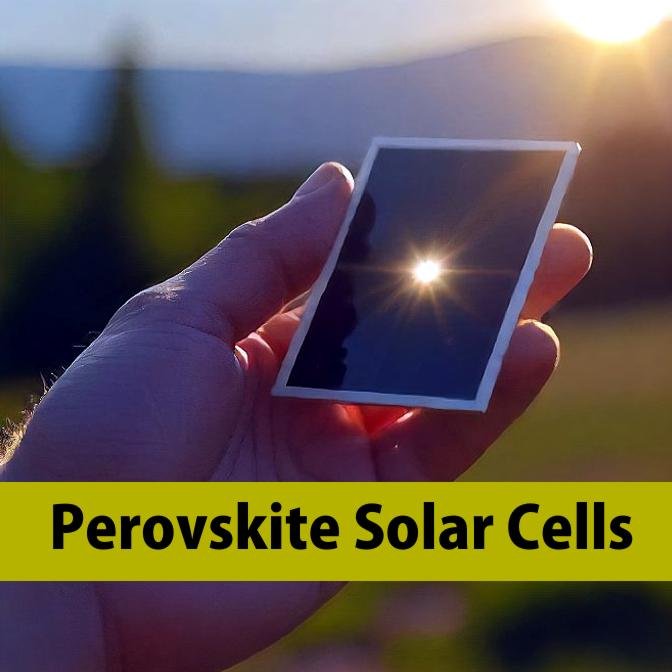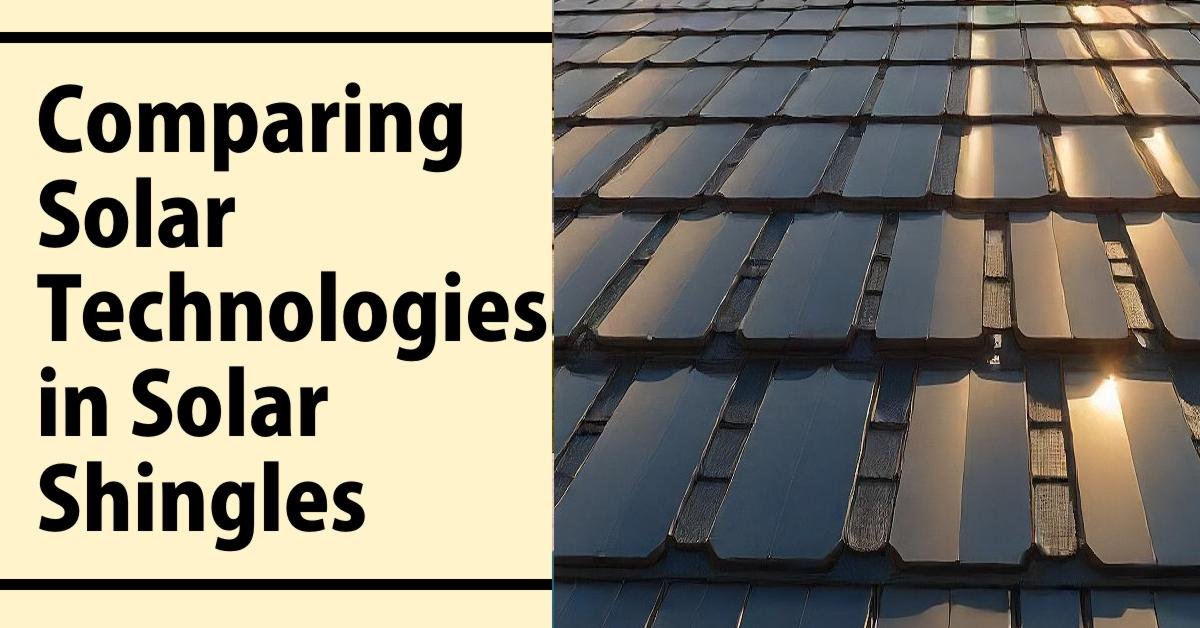Several solar technologies can be utilized when it comes to solar shingles, also known as building-integrated photovoltaics (BIPV). Each technology has its unique characteristics, advantages, and limitations, making it important to understand the differences when considering solar shingles for your home or building.
Heterojunction Solar Cells (HJT)
I am particularly impressed by how Heterojunction Solar Cells (HJT) enhance the efficiency of solar shingles, making them a superior choice for energy-efficient homes. Heterojunction solar cells, also known as HJT, are a relatively new technology that combines the benefits of crystalline silicon and thin-film solar cells. HJT solar shingles have a unique structure consisting of a thin amorphous silicon layer sandwiched between two crystalline silicon layers. This design allows for higher efficiency rates and improved temperature performance compared to traditional crystalline silicon cells.

How Heterojunction Solar Shingles are made?
Heterojunction Solar Cells (HJT) solar shingles are crafted by encapsulating high-efficiency HJT cells within a durable laminate, typically topped with a tempered glass cover for protection. These shingles are then attached to the roof using specialized mounting hardware, interlocking for a watertight seal, and connected in series to form a cohesive electrical system. This integration process involves meticulous electrical wiring and secure fastening to ensure both functionality and durability, offering an aesthetically pleasing and efficient solar energy solution that blends seamlessly with traditional roofing materials.

Perovskite Solar Cells
Perovskite solar cells are an emerging technology that has gained significant attention due to their potential for high efficiency and low manufacturing costs. These cells are made from perovskite materials, which are a type of crystalline structure composed of organic and inorganic components. Perovskite solar shingles offer the potential for flexible, lightweight, and cost-effective solutions for building-integrated photovoltaics (BIPV).

Tandem Solar Cells
Tandem solar cells, also known as multi-junction solar cells, combine two or more different solar cell materials into a single device. By stacking different materials with varying bandgaps, tandem solar cells can capture a broader range of the solar spectrum, resulting in higher overall efficiency. While still in the early stages of development, tandem solar shingles hold promise for achieving higher energy yields and potentially lower costs in the future.

Solar Shingle Technologies Comparison
| Technology | Efficiency Range | Temperature Coefficient | Cost | Key Advantages |
|---|---|---|---|---|
| Monocrystalline Si | 15-22% | Low | High | High efficiency, long lifespan |
| Polycrystalline Si | 13-18% | Moderate | Moderate | Good balance of cost and performance |
| Thin-Film | 7-13% | High | Low | Lightweight, flexible, low cost |
| HJT | 19-24% | Low | Moderate | High efficiency, temperature tolerance |
| Perovskite | 15-25% (projected) | Moderate | Low (projected) | Low-cost, flexible, lightweight |
| Tandem | 25-35% (projected) | Low | High (currently) | Highest projected efficiency |
It’s important to note that while some of these technologies, such as perovskite and tandem solar cells, are still in the research and development phase, they hold significant promise for the future of solar shingles and building-integrated photovoltaics.
Monocrystalline Silicon Solar Cells
One of the most common technologies used in solar shingles is monocrystalline silicon solar cells. These cells are made from a single crystal of silicon, resulting in a higher efficiency rate compared to other types of solar cells. Monocrystalline silicon solar shingles are known for their high power output, durability, and long lifespan. However, they tend to be more expensive and have a higher temperature coefficient, meaning their efficiency can decrease in hot climates.
Polycrystalline Silicon Solar Cells
Polycrystalline silicon solar cells are another popular choice for solar shingles. These cells are made from multiple crystals of silicon, which makes them slightly less efficient than monocrystalline cells but also more affordable. Polycrystalline silicon solar shingles offer a good balance between cost and performance, making them a practical option for many homeowners and building owners.
Thin-Film Solar Cells
Thin-film solar cells, such as amorphous silicon, cadmium telluride (CdTe), or copper indium gallium selenide (CIGS), are an alternative technology used in solar shingles. These cells are incredibly thin, lightweight, and flexible, allowing for easier integration into roofing materials. Thin-film solar shingles are often less expensive to manufacture, but they typically have lower efficiency rates compared to crystalline silicon technologies.
Building-Integrated Photovoltaics (BIPV)
While not a specific solar technology, building-integrated photovoltaics (BIPV) refer to the seamless integration of solar cells into building materials, such as roofing shingles, cladding, or curtain walls. BIPV systems offer a more aesthetically pleasing solution, as the solar cells are integrated into the building’s design rather than being mounted on top of it. This can be particularly appealing for homeowners and architects who value both energy efficiency and aesthetics.
Hybrid Solar Shingles
Some manufacturers have developed hybrid solar shingles that combine different solar technologies into a single product. For example, a hybrid solar shingle might incorporate both monocrystalline and thin-film solar cells, leveraging the strengths of each technology. These hybrid solutions aim to provide a balance between efficiency, cost, and aesthetics, offering homeowners and building owners a more versatile option.
How to choose the best solar shingles?
When choosing solar shingles, it’s essential to consider factors such as your energy needs, local climate conditions, budget, and aesthetic preferences. Additionally, consulting with experienced solar installers and reviewing product certifications and warranties can help ensure you select the most suitable solar technology for your specific project.
Remember, the solar industry is constantly evolving, and new technologies and innovations are continually being developed. Staying informed and consulting with professionals can help you make an informed decision and maximize the benefits of incorporating solar shingles into your home or building.
